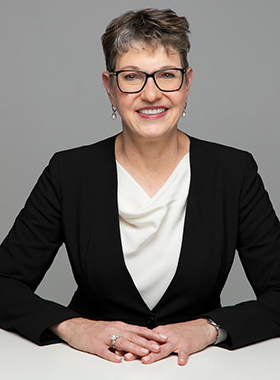Last month, I wrote about the untimely death of the fictitious Raymond Risky, who left behind a 14-year-old daughter, Rhoda Risky, as his sole heir. Raymond died intestate. Rhoda’s mother and Raymond’s former girlfriend, Susie Stanford, petitioned the King County Superior Court to administer Raymond’s estate. The prior post explains why a probate guardian ad litem needed to be appointed to enable Susie to administer Raymond’s estate and to protect Rhoda’s interest in her father’s estate.
Our story continues as the court appoints Susie as the estate’s Administrator. Susie then assumes, since her daughter is the sole heir, that she can distribute all of Raymond’s assets to herself so that she can use the money as she chooses for Rhoda’s benefit. Not so fast. The attorney representing Susie in her fiduciary capacity explains to Susie that such a distribution would violate Susie’s fiduciary duty to the estate. Raymond’s assets belong to Rhoda, not Susie. Susie cannot deposit these funds into her bank account and spend them as if they belonged to her, even if she is spending the money on Rhoda.
If Raymond had died with a will in place, in all likelihood, he would have set up a testamentary trust within his will for Rhoda’s behalf. Since he failed to do that, the administration of Raymond’s estate becomes more complicated and expensive. And the decisions about his assets will be made by his ex-girlfriend and the probate guardian ad litem.
Instead of distributing Raymond’s assets into the testamentary trust, so that a trustee could then distribute the trust assets per Raymond’s instructions, Susie, through her attorney, and the probate guardian ad litem will likely negotiate and, eventually, establish a trust for Rhoda through a Nonjudicial Dispute Resolution Agreement. This is a written settlement agreement between the parties interested in an estate which is governed by the Washington Trust and Estate Dispute Resolution Act (TEDRA). The Nonjudicial Dispute Resolution Agreement will establish the terms of the trust, including who will serve as trustee and how the trustee will distribute the funds to best meet Rhoda’s anticipated needs. The trust will terminate at some point after Rhoda reaches the age of majority so that the remaining trust assets can be distributed to her directly, free of trust. Once the Nonjudicial Dispute Resolution Agreement is finalized, then the trust can be established. Raymond’s assets can, as part of the estate’s administration, be distributed from the estate into the trust.
Throughout this process, the probate guardian ad litem’s role is pivotal to ensure that Rhoda’s best interests are met. The probate guardian ad litem will play a part in the probate process until Raymond’s assets are fully distributed, all taxes and creditors’ claims have been paid, and Susie closes the estate by filing a Declaration of Completion of Probate. At that point, the probate guardian ad litem’s work is done, and the appointment will end.
If you are interested in establishing a testamentary trust for your children to avoid this scenario, please let us know. We’d be happy to help.



 Phone: (206) 784-5305
Phone: (206) 784-5305